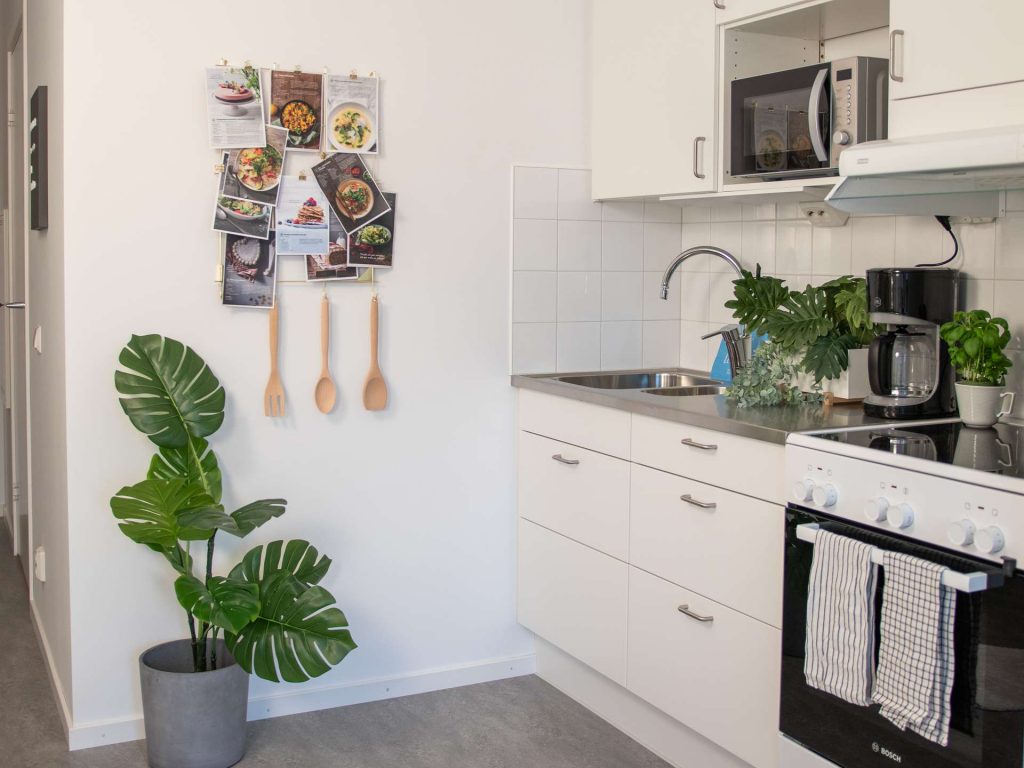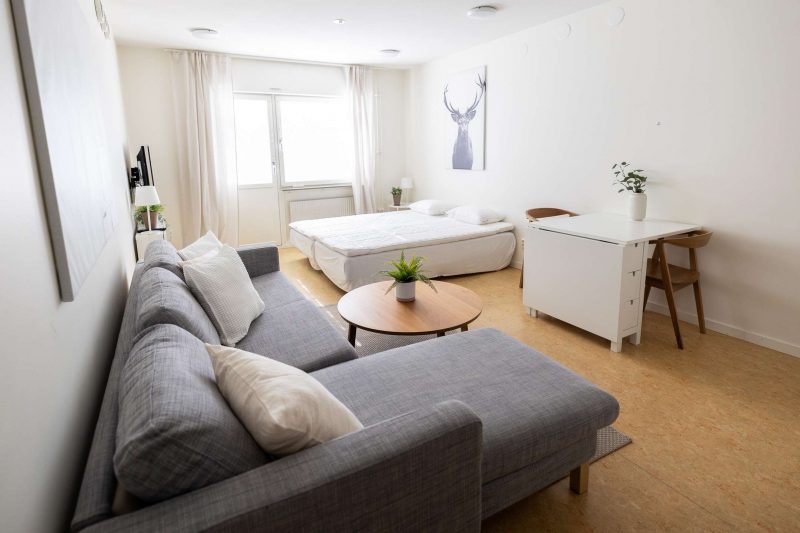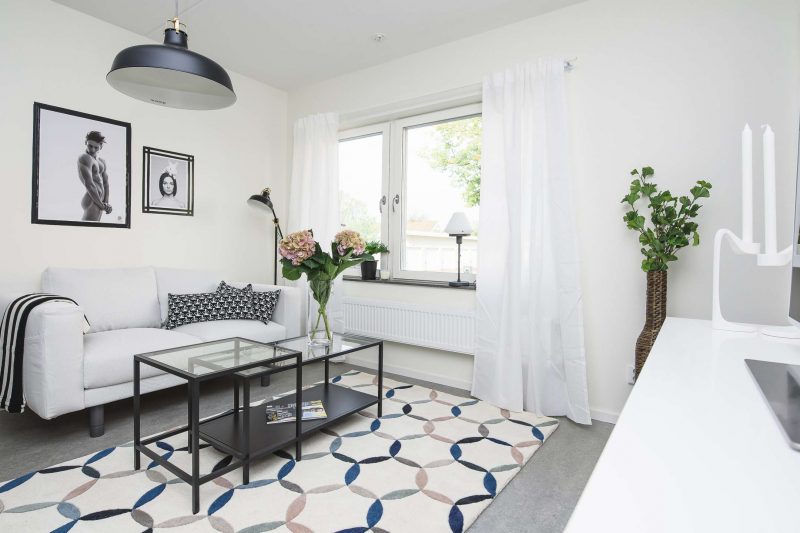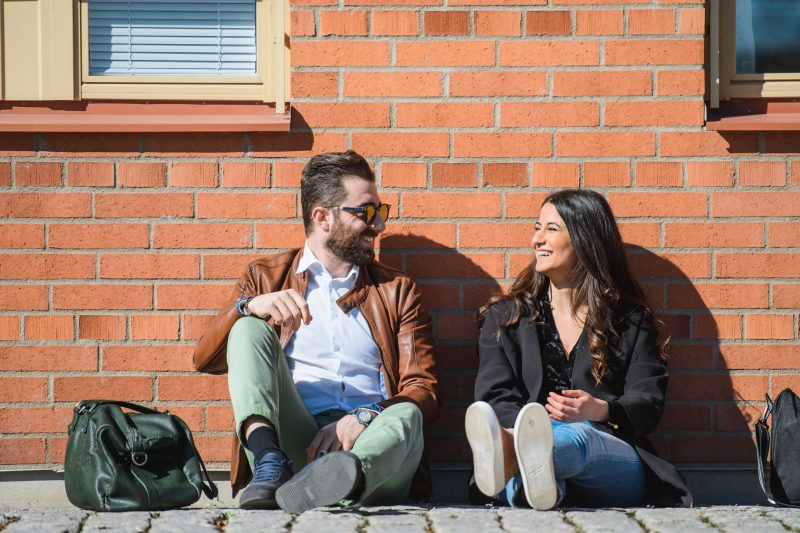

Take care of your home
What kind of maintenance can you do in your home? What can you do if you do not think it is the right temperature in your home?
What are you allowed to do in your home?
- You are allowed to repaint walls and ceilings. If the work is poorly done or if the colour is considered extreme, you may be liable for the cost to restore the walls and ceilings to an acceptable condition when you move.
- You are not allowed to install new floors, paint kitchen cabinets, closet doors or other doors.
- You can put up shelves and paintings on the walls, but remember that holes in the walls must be restored when moving.
- You are not allowed to drill holes or nail in tiles, tile joints or wall mats. Not even in floors, doors, cabinets or other carpentry.
- Replace curtain fittings if you want, but save the original fittings so you can reassemble them when you move.
- You can mount a peephole and extra lock, but you must service the lock yourself and must leave the keys for it when you move.
- Any installation of dishwasher must be done by a qualified professional. You need an approval and requires a signed agreement of restoration from us before you place the order. We strongly advice against from installing a dishwasher since the student flat is lived in during a relative short period, the cost of the installment is quite high and the restoration is often problematic.
- If you rent a furnished home and want to replace the furniture that is included, you must arrange the storage yourself and also make sure that they are put back in place when you move. Of course we replace broken furniture if needed.


